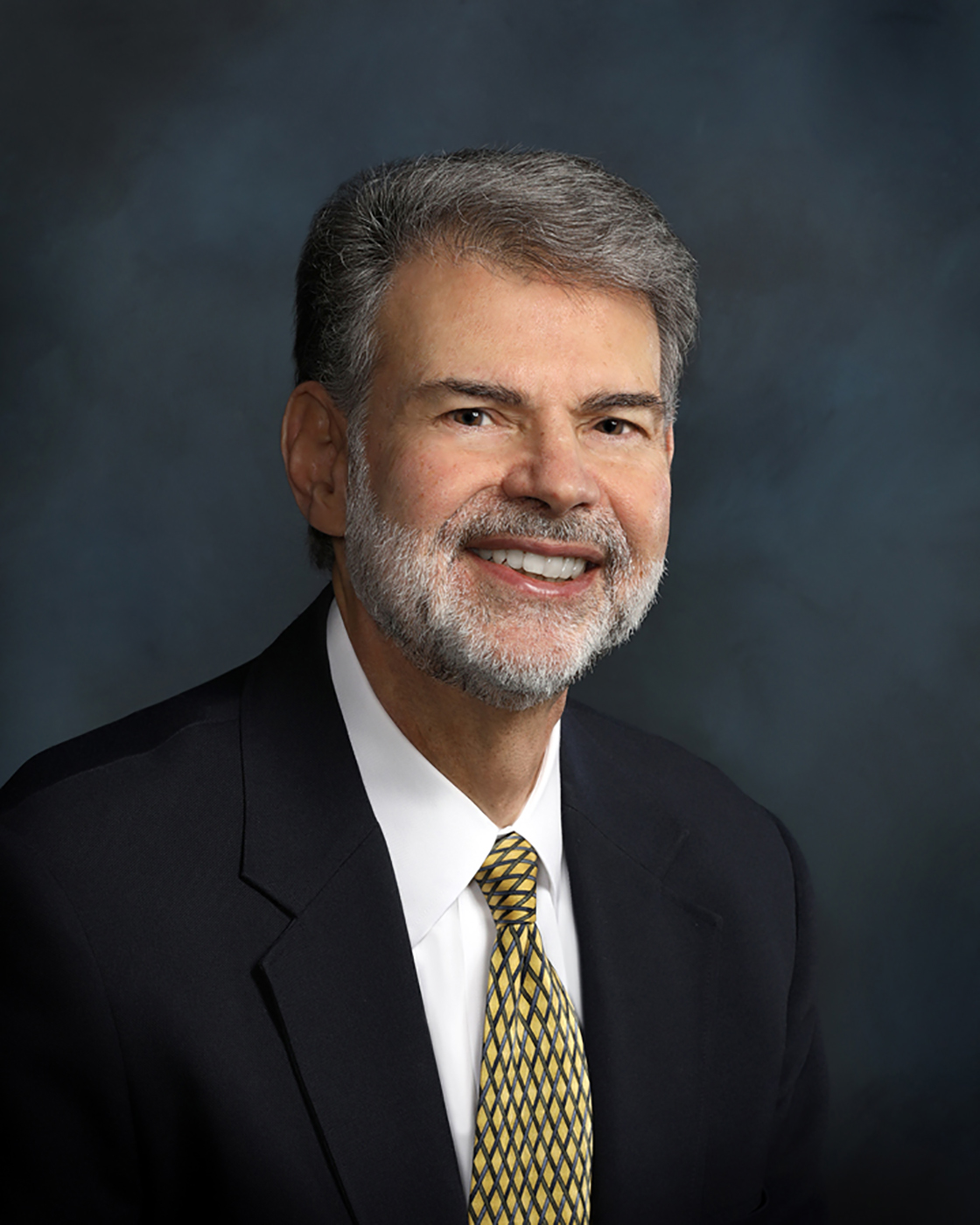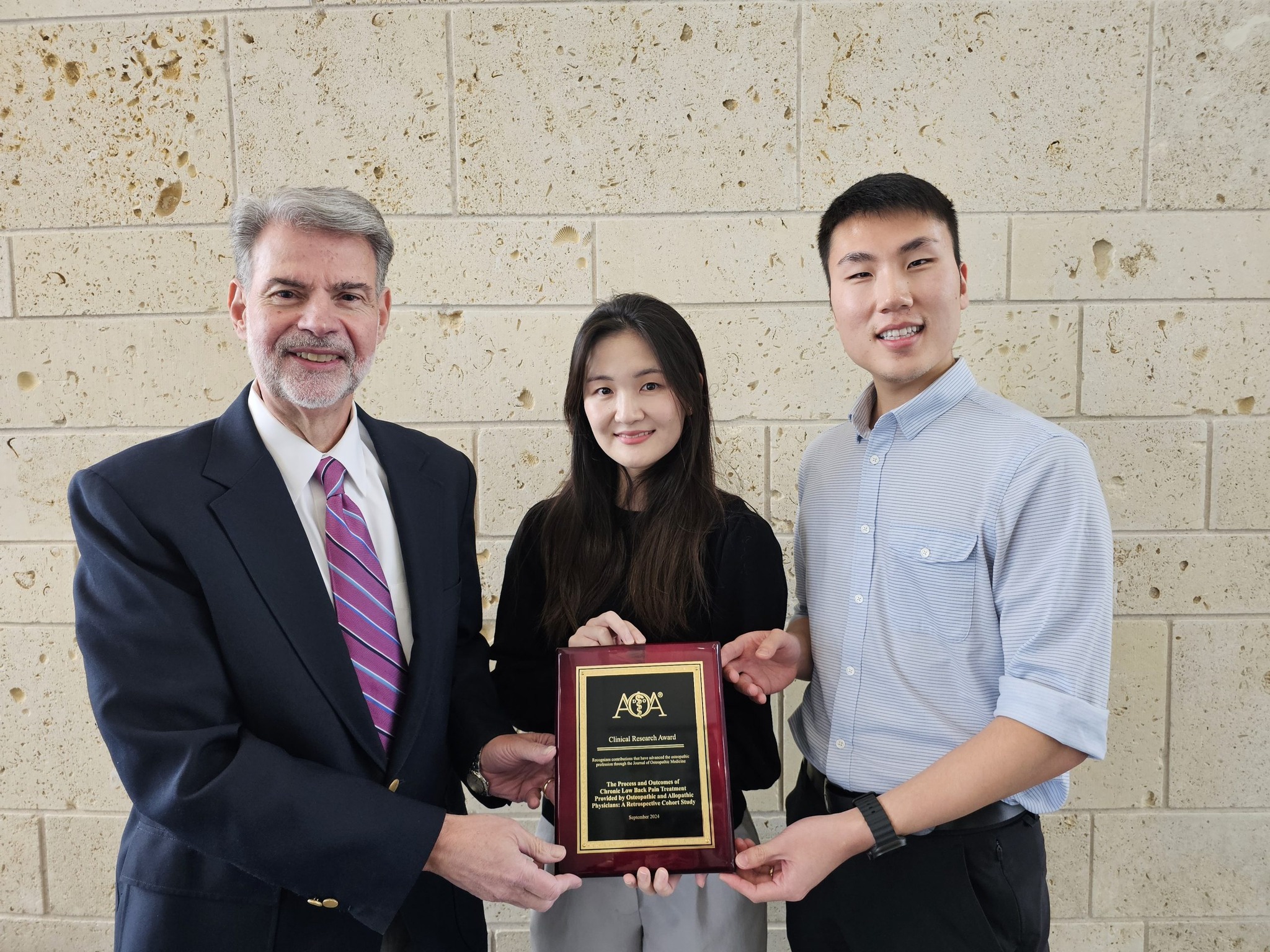Tuesday, July 22, 2025
 John Licciardone, DO, MS, MBA, FACPM, regents professor in the Department of Family and Osteopathic Manipulative Medicine at the University of North Texas Health Fort Worth Texas College of Osteopathic Medicine, was recently quoted in the New York Times article titled “So Your Doctor is a DO. Does That Matter?”
John Licciardone, DO, MS, MBA, FACPM, regents professor in the Department of Family and Osteopathic Manipulative Medicine at the University of North Texas Health Fort Worth Texas College of Osteopathic Medicine, was recently quoted in the New York Times article titled “So Your Doctor is a DO. Does That Matter?”
The article highlighted the recent growth of osteopathic medicine, including that the number of DOs in the US has grown 70% in the past decade and that more than a quarter of all medical students are training to become DOs.
Yet, despite the increasing numbers of DOs, the New York Times article points out that “people still don’t know what they are.” The public often harbors outdated stereotypes or misperceptions, including that DOs are “bone doctors,” chiropractors or alternative health care providers.
Licciardone was a consultant to the World Health Organization when it conducted its study of “Benchmarks for Training in Osteopathy.”
“The osteopathic profession in the US differs substantially from that in other countries because DOs are trained as doctors to provide a full range of medical services,” he said. “In most other countries, osteopaths are licensed to provide only manual or related therapies.”
Licciardone developed the Osteopathic Survey of Health Care in America, which first documented that about half of the US population had never heard of DOs. Young adults and Black and Hispanic groups were among those least aware of DOs.
He also conducted research using the National Ambulatory Medical Care Survey administered by the CDC’s National Center for Health Statistics. Therein, Licciardone found that DOs provided care for pediatric patients less often, despite being known for primary care. He recommended increasing awareness of DOs among young adults and greater access to pediatric training programs for osteopathic students as solutions to this “pediatric-primary care paradox.”
The Osteopathic Research Center was established through a national competitive process and began operating at UNT Health in 2002 to serve as osteopathic medicine’s profession-wide research center.
“We chose to focus our early research efforts on chronic low back pain because it was the reason most patients sought osteopathic manipulative treatment, or OMT,” Licciardone said.
 Licciardone’s research served as the basis for comments pertaining to OMT for low
back pain and physician empathy in the New York Times companion article titled “What Is a DO?” He led several studies, including randomized controlled trials and systematic reviews
and meta-analyses, which support the efficacy of OMT for low back pain. As pointed
out in the New York Times article, the distinction between DOs and MDs is blurring.
Licciardone’s research served as the basis for comments pertaining to OMT for low
back pain and physician empathy in the New York Times companion article titled “What Is a DO?” He led several studies, including randomized controlled trials and systematic reviews
and meta-analyses, which support the efficacy of OMT for low back pain. As pointed
out in the New York Times article, the distinction between DOs and MDs is blurring.
“The use of OMT has long been considered a hallmark of osteopathic care,” Licciardone said. “However, health care delivery is evolving in a manner that seriously limits its use, even for prototypical conditions such as low back pain.”
Another factor that contributes to the convergence of the medical professions is the common pathway for residency training established by the Accreditation Council for Graduate Medical Education, which often has DOs and MDs working side by side.
“When I was a resident in Public Health and General Preventive Medicine at The Ohio State University College of Medicine in the mid-1980s, I was the first and only DO in the program,” Licciardone said.
The Osteopathic Research Center launched its Pain Registry for Epidemiological, Clinical, and Interventional Studies and Innovation in 2016 to extend beyond its legacy research on OMT.
“We realized that fewer DOs were using OMT, so we became more interested in other aspects of osteopathic care for chronic pain,” Licciardone said. “The patient-physician relationship emerged as a logical choice because of osteopathic medicine’s emphasis on patient-centered care.”
A prime example of delivering patient-centered care for chronic pain involves showing empathy and compassion. Licciardone conducts research using PRECISION to measure patient perceptions of physician empathy. This commonly shows that patients with more empathic doctors report better pain outcomes.
“Our studies also routinely find that patients treated by DOs experience more empathy than those treated by MDs,” Licciardone said.
The New York Times articles suggest that osteopathic medical schools attract students with strong interpersonal skills and those wishing to serve their communities, particularly in rural and medically underserved areas.
“Although residency training opportunities for DOs are expanding, in my four decades of experience, I have found that osteopathic students generally have a singular focus on medical practice as their lifelong goal,” Licciardone said. “They just want to be physicians serving their patients and communities.”
To learn more about the Osteopathic Research Center or Licciardone’s research, contact Samantha Johnson at samantha.johnson@unthsc.edu or 817-735-0532.
From UNT Health Newsroom - Our People by Steven Bartolotta